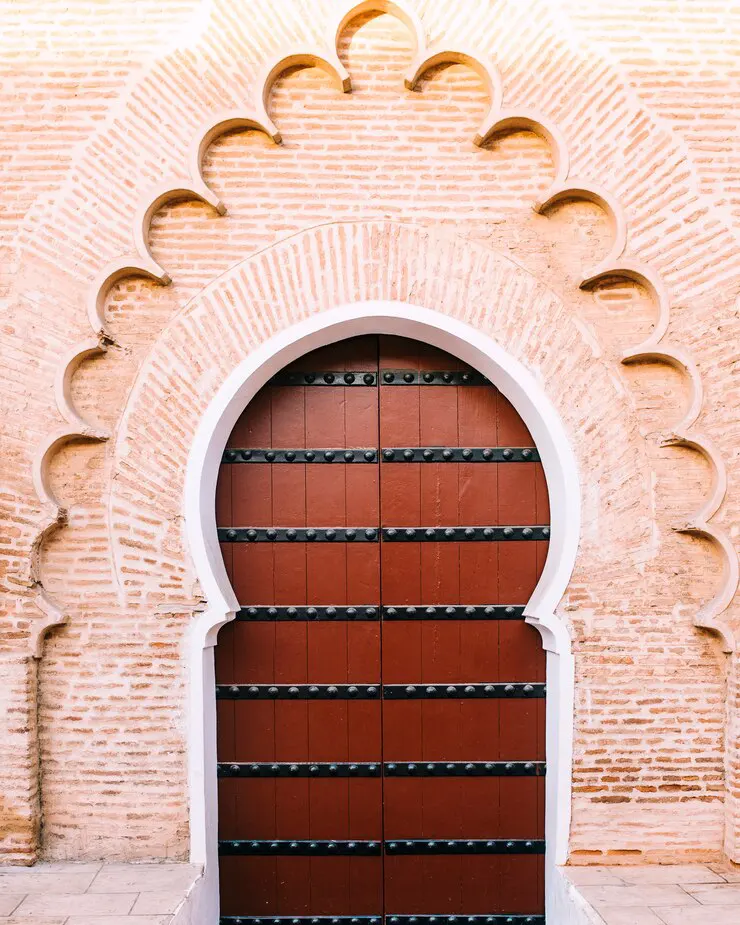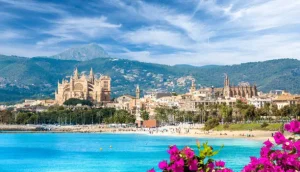Delve into a journey through the charm of Arab architecture in Mallorca. This Mediterranean gem is not only known for its stunning landscapes and dreamlike beaches but also for its fascinating history that is reflected in every architectural corner. Since the arrival of the Arabs in the 8th century, Mallorca has witnessed the enduring influence of this culture in its architecture, a mark that adds a unique hue to the island’s rich cultural palette. Join us on this journey as we explore how Arab architecture has shaped the urban landscape of Mallorca and continues to tell the story of a land full of charm and tradition. Ready to uncover the secrets of this unique cultural fusion?
History of Arab Influence in Mallorca
The Arab influence in Mallorca dates back to the 8th century when the island was conquered by the Muslims during their expansion across the Iberian Peninsula. This period marked a turning point in the island’s history, as the Arabs introduced a rich cultural heritage that would endure through the centuries. Their presence radically transformed Mallorcan society, not only in political and economic terms but also in architecture and urban planning.
The cities and towns of Mallorca witnessed the construction of mosques, palaces, fortresses, and irrigation systems that reflected the advanced engineering and refined aesthetic taste of the Arabs. This architectural legacy became an integral part of the island’s urban landscape, defining its cultural identity and leaving an indelible mark on its history.
Architectural elements such as horseshoe arches, interior courtyards, decorative tiles, and lush gardens are living testimony to this cultural heritage. Beyond their aesthetic function, these structures also served practical purposes, such as providing shade, improving ventilation, and creating social gathering spaces. The fusion of Arab architectural styles with local and European influences resulted in a diverse and fascinating urban landscape that continues to be admired by locals and visitors alike.
Characteristics of Arab Architecture in Mallorca
Discover the most notable features of Arab architecture in Mallorca. From elegant horseshoe arches to intricate decorative tiles, each architectural element tells a unique story of cultural influence and meticulous design.
- Horseshoe Arches: Elegant and distinctive, horseshoe arches are used both in door construction and interior decoration, adding a touch of grace and sophistication to local architecture.
- Interior Courtyards: Designed as oases of freshness and tranquility, interior courtyards are common elements in Arab constructions in Mallorca, providing spaces for meeting and relaxation.
- Decorative Tiles: With their intricate geometric and floral designs, decorative tiles adorn walls, floors, and fountains, adding color and beauty to architectural spaces.
Explore some emblematic examples of Arab architecture on the island:
- Bellver Castle: This circular-plan fortress, built in the 14th century on the remains of an ancient Muslim fortification, stands out for its solid walls, defensive towers, and an impressive interior courtyard.
- Almudaina: Located in the heart of Palma, this royal palace combines Arab architectural elements with Gothic and Renaissance influences, offering spacious rooms, landscaped courtyards, and panoramic views that captivate its visitors.
Influence on Vacation Accommodations
The influence of Arab architecture extends beyond historical monuments and is reflected in the tourism industry of Mallorca through its modern vacation accommodations. Many accommodations and rental homes have masterfully integrated Arab architectural elements into their design, offering visitors a unique experience that combines contemporary comfort with the island’s historical charm. These accommodations transport guests to a world where history and comfort blend harmoniously.
While exploring our range of vacation accommodations in Mallorca, you can find various examples that preserve Arab elements in their design. For instance, some rental homes in the picturesque villages of the island have preserved traditional Mallorcan architecture with Arab influences, offering visitors the opportunity to immerse themselves in local history and culture while enjoying all modern amenities. This demonstrates how Arab architecture remains relevant and appreciated in the contemporary context of vacation accommodations in Mallorca.
Cultural Experience
The presence of Arab architecture in Mallorca is a testament to the technical and aesthetic prowess of this civilization and a window that offers visitors a deep insight into Mallorca’s rich and diverse culture. Every architectural detail tells a story of the history and traditions that have shaped the island’s identity over the centuries. Arab architecture serves as a tangible reminder of the enduring cultural influence that has left an indelible mark on the daily life of Mallorcans, from cuisine to local festivities.
Impact on the Traveler’s Experience
For travelers seeking an authentic experience in Mallorca, Arab architecture offers a unique opportunity to immerse themselves in local history and tradition. Exploring historical monuments, such as castles and palaces, that preserve Arab architectural elements allows visitors to connect with the island’s glorious past and better understand its diverse and multicultural present. Moreover, staying in hotels and rental homes that incorporate Arab architecture in their design gives travelers the chance to live as locals did in the past, immersing themselves in an authentic and enriching environment that combines the charm of the past with modern comforts.
Marvel at Arab Architecture in Mallorca
In summary, Arab architecture in Mallorca is much more than a mere set of historical buildings; it is a living testament to the island’s rich cultural heritage and unique identity. By exploring Arab architecture, travelers have the opportunity to immerse themselves in the history, culture, and authenticity of Mallorca, experiencing unforgettable moments that combine the charm of the past with the comfort of the present.
Ready to explore this fascinating fusion of history and architecture? Book your vacation accommodation in Mallorca now and begin your journey of cultural discovery!



